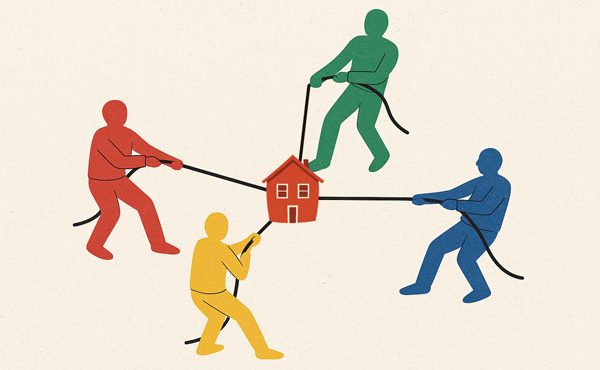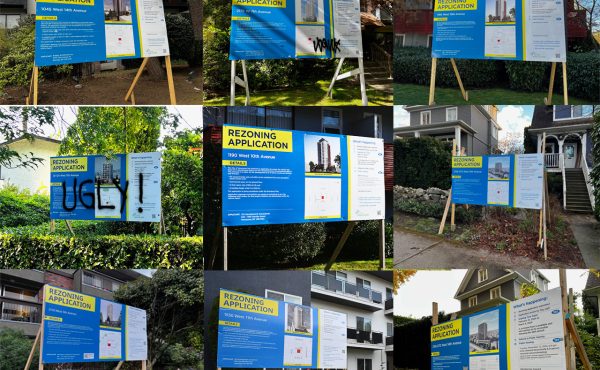It is one of the most extravagant public spaces in Vancouver – if measured by the care and cost of its design. And yet this plaza at Park Place feels lifeless, barely used, in the heart of the city’s business district. (Map here.)

Yazmín Hernández Bañuelas, Daniel Martin and Kevin Jingyi Zhang explain why. They are all SCARP* students in a course conducted by Larry Beasley – and produced this video as their assignment: an analysis of a chosen urban space in the city’s core.
For urbanists of a certain age, you might recognize the similarity to a truly seminal video by William Whyte, who pioneered time-lapse photography to analyse New York’s public spaces, in particular the Seagram Building’s plaza on Park Avenue.
While working with the New York City Planning Commission in 1969, Whyte began to wonder how newly planned city spaces were actually working out – something that no one had previously researched. This curiosity led to the Street Life Project, a pioneering study of pedestrian behavior and city dynamics.
In the late sixties, he produced the “The Social Life of Small Urban Spaces – The Street Corner” for the Municipal Art Society:
William H. Whyte: The Social Life of Small Urban Spaces – The Street Corner from MAS on Vimeo.
In 1980, Whyte captured these lessons in a still-accessible book, “The Social Life of Small Urban Spaces” – no doubt familiar to many Spacing readers.
So here you can compare the works of three generations of urbanists, separated by almost half a century, with the students of today using much-advanced technology, carrying on the observational techniques taught by a practicioner whose own career was influenced by the lessons of William Whyte and his generation.
* School of Community and Regional Planning at UBC




2 comments
Interesting project. What doesn’t the city start allowing food carts on these plazas? (Hopefully real food and good coffee, none of the typical burger and fries fare)
Some interesting points were brought up in that project. I actually work in the Park Place building and I can tell you that in the summer months you are hard pressed to find an empty seat in that plaza between 12 and 2. It may not be the most ideal public urban space, but those who use it do appreciate it. I agree…a food truck in the plaza would but great, but I also don’t mind walking the 1/2 block to the dozen food trucks that are in the direct vicinity and bringing my food back to the plaza to eat. I’m sure if the entire block wasn’t a giant bus stop there would be a food truck licence there.